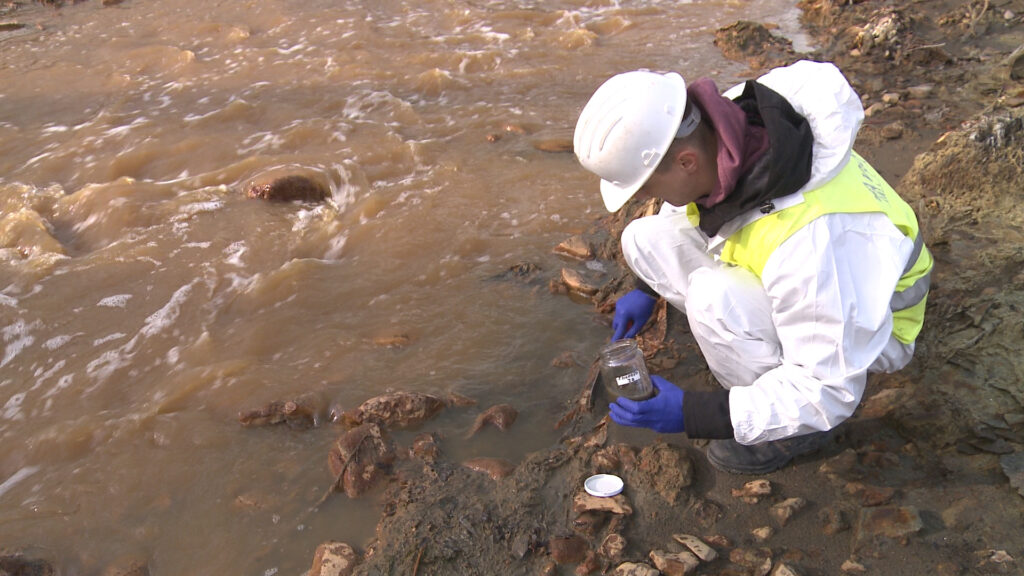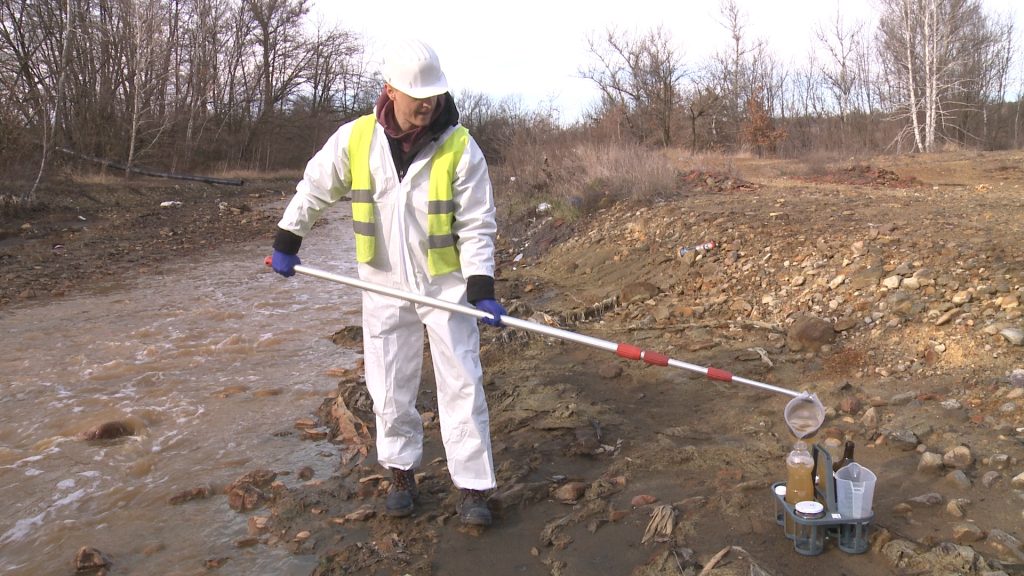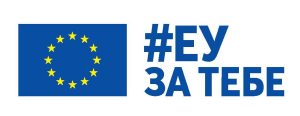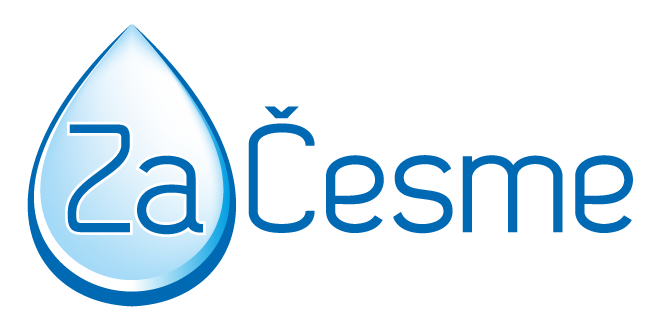
02/02/2024
The Latest Analyses of Water and Watercourse Sediments Indicate the Presence of Heavy Metals

In December 2023, the Anahem laboratory from Belgrade, engaged by the Association “Za Drinking Fountains” from Zaječar, conducted sampling and laboratory analyses of water, sediments, and ichthyofauna in the rivers: the Black Timok, the Great Timok, the Borska River, the Pek, and the Danube at the Timok confluence. This was the final sampling within the project “Environmental Response to Mining Expansion in Timočka Krajina,” funded by the EU. Based on the laboratory test results to assess the mining impact on the mentioned rivers’ quality, following the regulations on pollutant levels in surface and groundwater and sediment, and watercourse categorization, it can be concluded that pollution exists in the examined rivers as reported by Boban Pogarčić from the Association „Za Drinking Fountains“.
Concerning the Pek River, the analysis of samples from the Little (Mali) Pek River, before sewage inflow, showed no contamination. However, downstream, especially after passing through the open-pit mining area, an increase in iron, manganese, and sulfate levels in water samples was observed. Additionally, copper concentrations rose after surface mining. As for the Great (Veliki) Pek River, the values of analyzed parameters mostly align with higher-quality categories.
The analysis concludes that, in accordance with existing regulations, there is a noticeable pollution level exceeding classification criteria for the Pek River, classified as Class III. Specifically, increased concentrations of sulfates, iron, manganese, and aerobic heterotrophic bacteria were observed.
Regarding sediment samples in the Little Pek River, concentrations before reaching the Majdanpek area did not exceed remediation values. However, entering this area, especially downstream from the mining zone, concentrations exceeded remediation values. Furthermore, arsenic and zinc concentrations exceeded remediation values in most samples within that area.
For the Brestovačka River and the Black Timok, surface water samples taken from the Brestovačka River outside the potentially contaminated area showed no signs of contamination. However, after introducing wastewater from the Čukaru Peki mine, certain parameter values in the Brestovačka River water samples showed a slight increase compared to baseline values. Analysis downstream from the Brestovačka River confluence into the Black Timok indicated a mild increase in analyzed parameter concentrations. Sediment samples from the waste channel of the Čukaru Peki mine, after receiving wastewater from the mine and the upstream part of the Brestovačka River into the Black Timok, revealed an elevated copper concentration surpassing remediation values.
Moving on to the Borska River and the Danube, the downstream course of the Black Timok is classified as Class II, maintaining this classification until it meets the Borska River. However, surface waters of the Borska River, from Bor to its confluence with the Great Timok, fall into the category of poor quality, labeled as Class IV.
Sediment samples from the Borska River revealed concentrations of copper, arsenic, cadmium, zinc, and nickel above remediation values. Additionally, water sample analysis showed an increased sulfate concentration, and the water samples had an orange-yellow color.
Examination of water samples before and after the Borska River confluence into the Great Timok indicates that the confluence leads to an increase in the concentration of certain metals in both water and sediment.
As the Timok River continues its course towards the Danube, metal concentrations such as copper, arsenic, cadmium, nickel, and zinc were also discovered in this section. The presence of these metals is significant, indicating the need for continuous monitoring of the water quality and sediment deposition of the Timok River and its tributaries.

In this instance, experts from the Belgrade laboratory had the opportunity to analyze fish samples caught upstream and downstream of the “Sokolovica” hydroelectric dam on the Timok, as well as on this river after the confluence of the Brestovačka River. Analyses showed the detection of cadmium, lead, mercury, and cesium137 in these samples, within permissible limits according to the Regulation on Maximum Concentrations of Certain Contaminants in Food of the Republic of Serbia. Interestingly, for arsenic, copper, chromium, cobalt, and iron, there are no maximum allowed concentrations in fish in this Regulation.
The results of these measurements, along with the previous three conducted in 2022 and 2023, are published on the website www.ekoloskiodgovor.rs/, where there is a database section.
Association “Za Drinking Fountains”
This text was produced within the project “Environmental response to mining expansion in Timočka Krajina” funded by the European Union, and implemented by the Association “Za Drinking Fountains”, the Association of Young Researchers Bor, Civic Library “Europe” Bor and Children’s Center Zaječar. The content of the text is entirely responsibility of these associations and do not necessarily reflect the views of the European Union.




